TANJORE PAINTING
The Tanjore Art Flourished From Thanjavur, The Capital City of The Chola Dynasty, And Thus Got Its Name. Tanjore Painting of India Originated During The 16th Century, Under The Reign of The Cholas. Maratha Princes, Nayakas of Vijayanagara Dynasty, Rajus Communities of Tanjore & Trichi and Naidus of Madurai Patronized The Art of Tanjore Painting From 16 to 18th Centuries.
The Paintings Are Hung On Walls To Give It The Fulfillment With Its Richness & Vibrant Colors. The Shine and Glamour The Gold Leaves Used By The Tanjore Style Painting Last Forever Notable For Their Beautification In The Form of Semi-Precious Stones, Pearls, Glass Pieces & Gold.
Tanjore Painting Is Covered With 22 Karat Gold Leaves. Episodes From Hindu Purana and Religious Texts Were Visualized, Drawn and Painted With The Main Figure or Figure Placed In The Central Section of The Picture Mostly Within A Space Such As A Mantapa Surrounded By Several Subsidiary Figures, Themes & Subjects.
The Art Was Sacred Task To Be Performed With Ritual Purity and Humility By The Master Craftsmen, Many of Whom Choose To Remain Anonymous, Tanjore Paintings – The Style and Aesthetics Continue To Inspire Many Contemporary Artists.

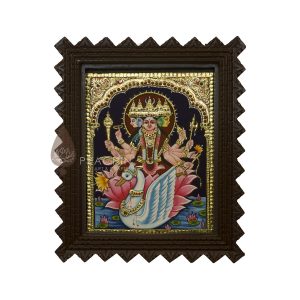
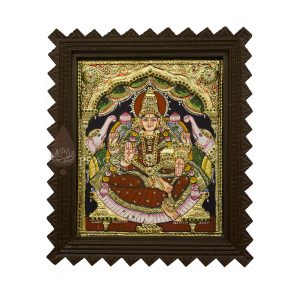
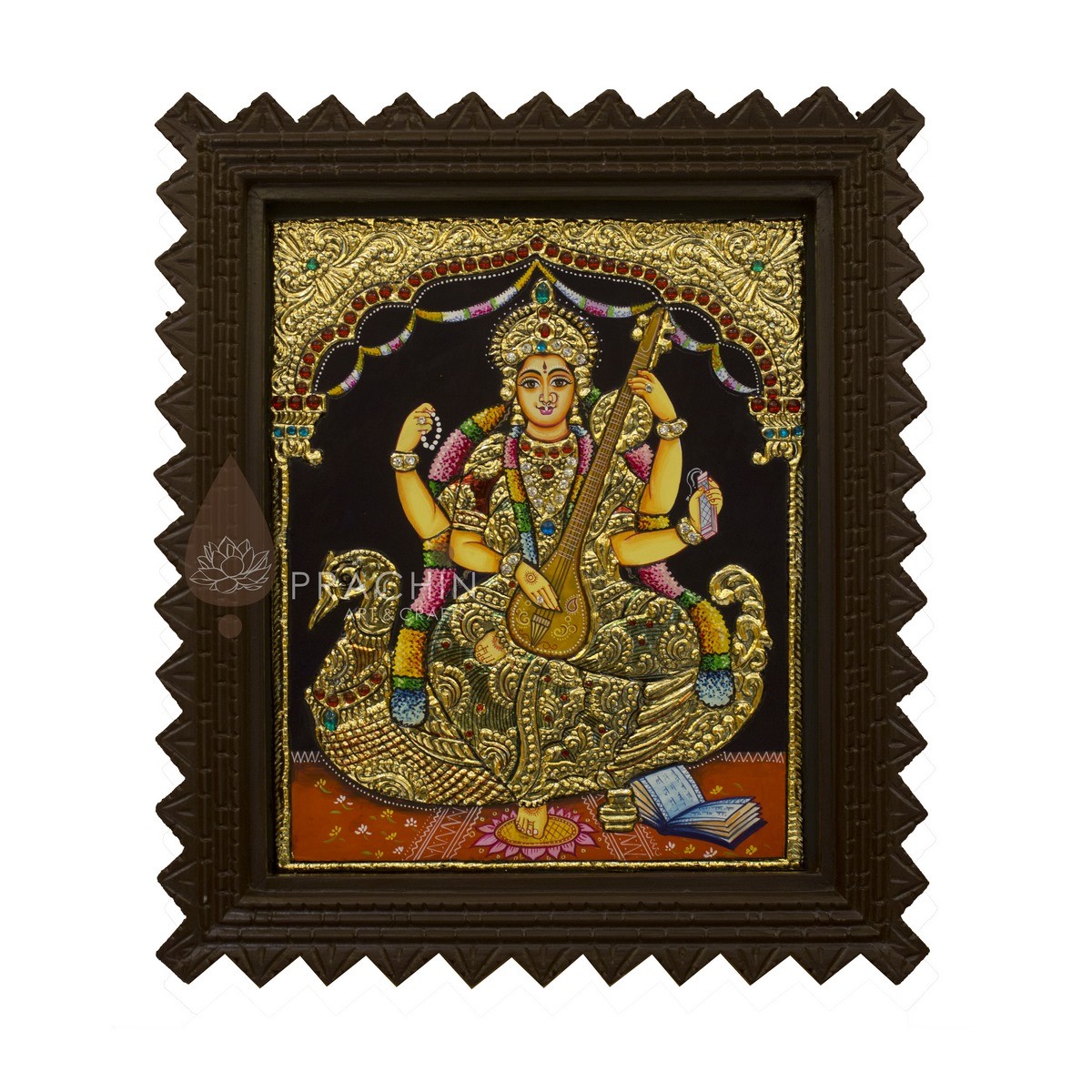
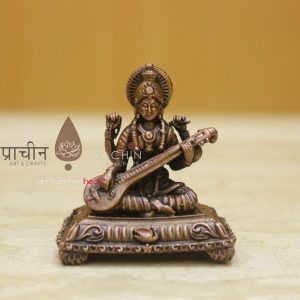
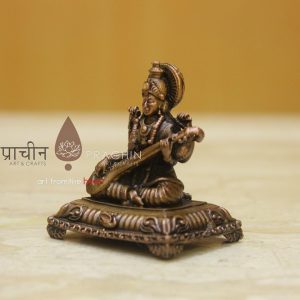
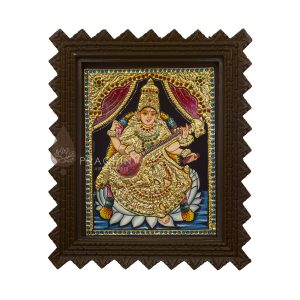
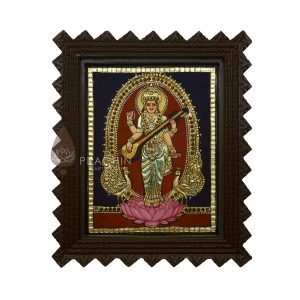

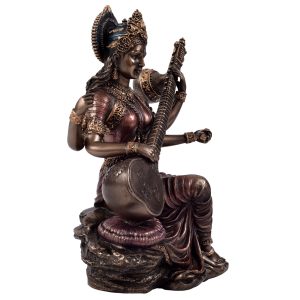
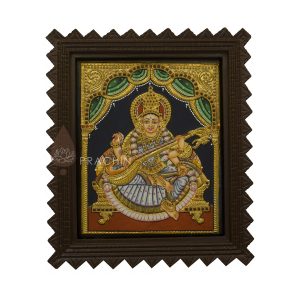
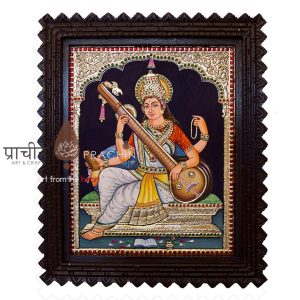
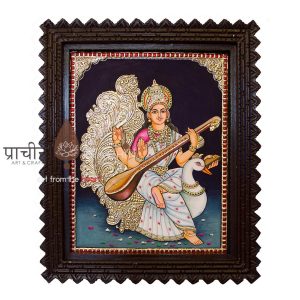
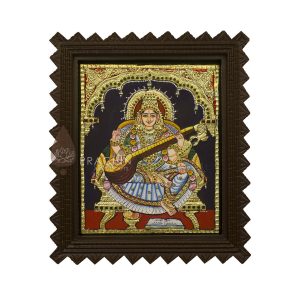
Reviews
There are no reviews yet.